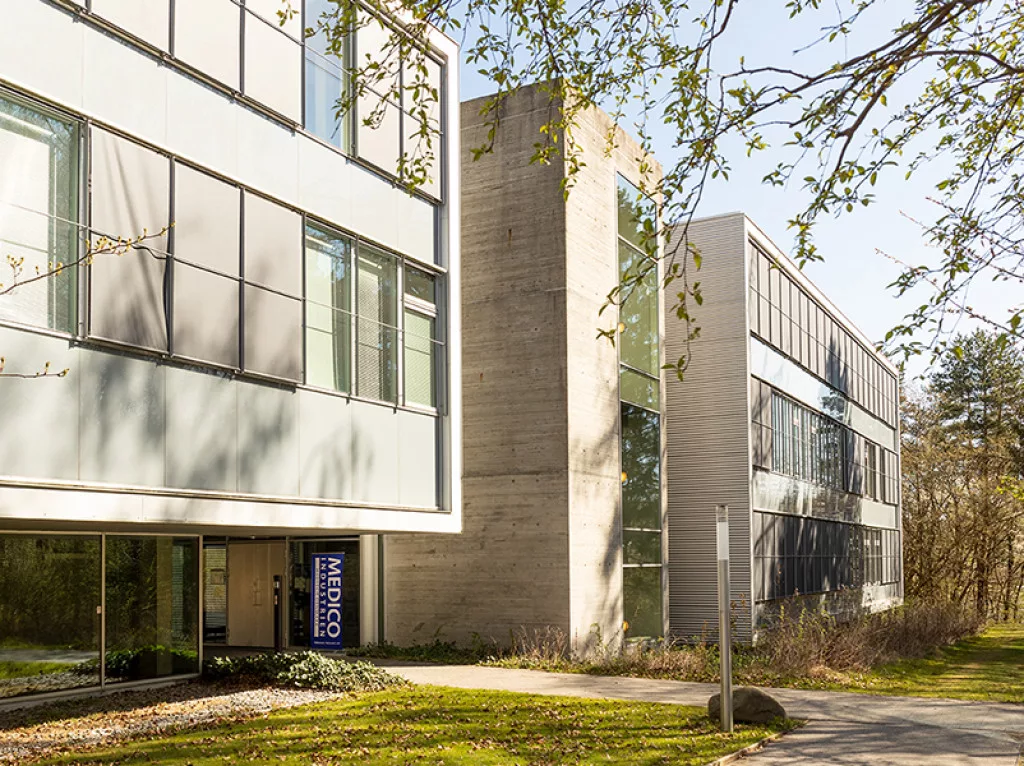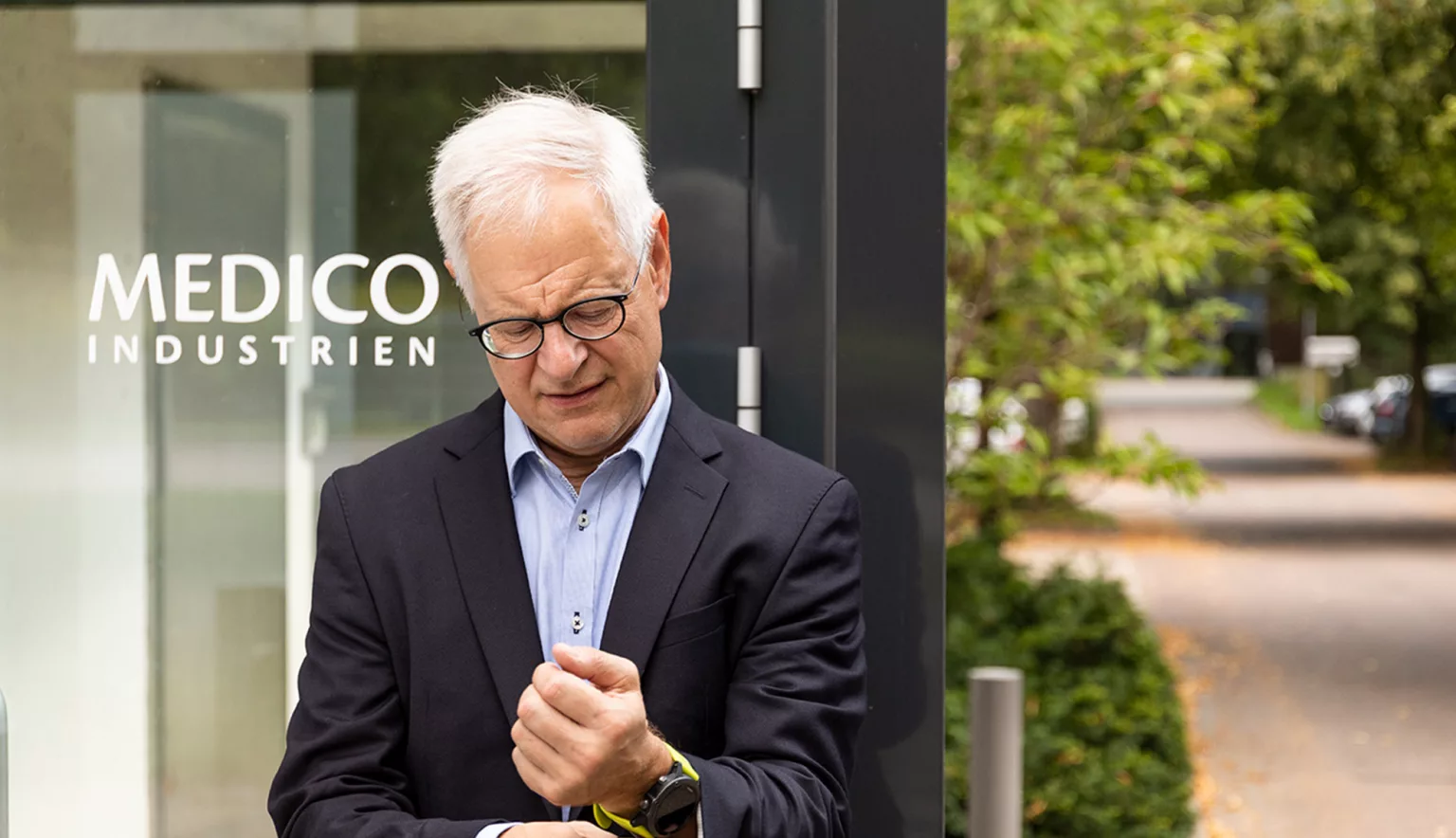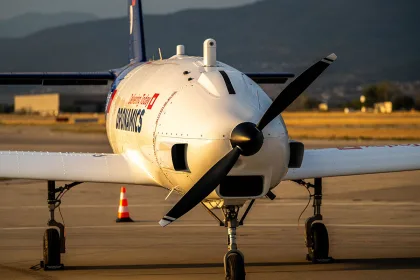From remote patient monitoring to robotic surgery, we talk to Peter Huntley, General Manager of Medicoindustrien, about the culture of collaboration that makes Denmark a MedTech authority.
- DENMARK MEDTECH SPOTLIGHT
- Q&A WITH MEDICOINDUSTRIEN
- When was the association founded and what was its original vision?
- How has Medicoindustrien progressed in terms of its key objectives since inception?
- What recent breakthroughs have been made in the Danish healthcare sector?
- What are the key challenges facing the industry?
- What Are there any major trends transforming the development of medical devices?
- Does Medicoindustrien have any projects in the pipeline?
- How do you see the association developing over the next five years?
- Finally, are you optimistic about the future of the health care sector in Denmark?
DENMARK MEDTECH SPOTLIGHT
Despite its size, Denmark is well-established as one of the most progressive European countries in the MedTech field. A host of reputed companies are concentrated within this technological nexus, choosing to base their operations in what is generally considered a strategic and enabling business environment. Some of these major players include Philips Healthcare, Coloplast, Invacare and Agilent, to name just a few. As a result, Denmark stands as one of Europe’s largest exporters of MedTech products per capita.
According to Denmark’s Ministry of Foreign Affairs, the nation hosts approximately 1,000 companies in the MedTech field, encompassing medical diagnostics, medical disposables and assistive technologies.
The general consensus behind Denmark’s prowess on the global MedTech stage is the nation’s ability to collaborate – interacting with other countries, educational institutions and leveraging international trade agreements to strengthen its position. Above all, the interaction at a domestic level between public and private sectors is instrumental in fostering industry-wide innovation.
Returning to the significance of the industry’s intrinsic relationships with educational institutions, this is critical moving forward in harnessing the next generation of talent, as the MedTech field faces ongoing labour shortages.
The industry relies on a highly skilled talent pool derived from healthcare technology graduates from world-class academic bodies. Denmark’s MedTech sector at present currently has a national workforce of roughly 15,000 people, but must confront the ever-growing demand for highly qualified technological staff as the engine that will fuel the industry’s future.
As reported by Pharma Boardroom, Denmark must uphold its position at the forefront of cutting edge MedTech trends, including remote patient monitoring, robotic surgery, and an industry move toward value-based pricing.
As the basis of all future economics for the industry, the question of value is moving away from price, towards matters of education for healthcare personnel, the impact of a new device on existing treatments, and the ability to innovate on treatments through the application of new technology.
“We aim to facilitate a regulatory pathway, a trajectory for innovation, and market access. These are the common agendas for all MedTech companies, whether they are start-ups, producers, or suppliers”
Peter Huntley, General Manager, Medicoindustrien
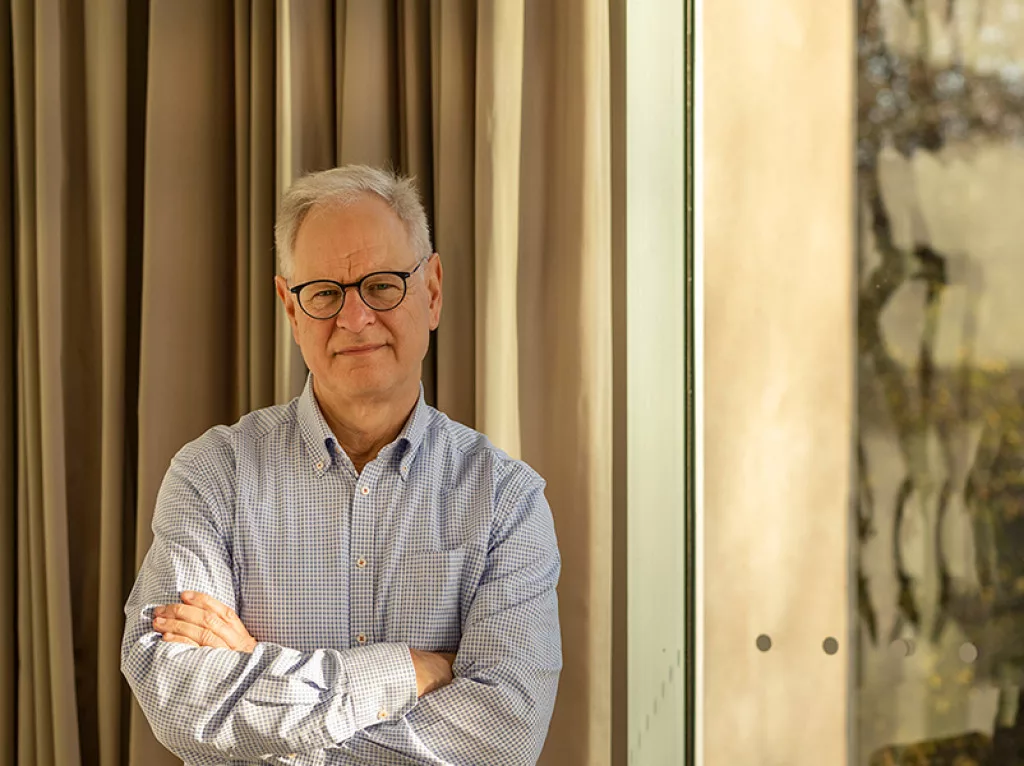
Q&A WITH MEDICOINDUSTRIEN
Overseeing a high-tech industry in rapid development, we speak with Medicoindustrien, as the association championing innovation and streamlining regulatory processes for the advancement of MedTech in Denmark.
When was the association founded and what was its original vision?
Peter Huntley, General Manager (PH): We are not that old an association. Medicoindustrien is about 20 years old, and it was created from a merger between the producers and the suppliers of MedTech equipment. These producers and suppliers formed an alliance, called Medicoindustrien. Over the years, we have had a unique cohesion within the association, in that it’s irrelevant whether you are actually producing or just selling. We aim to facilitate a regulatory pathway, a trajectory for innovation, and market access. These are the common agendas for all MedTech companies, whether they are start-ups, producers, or suppliers.
How has Medicoindustrien progressed in terms of its key objectives since inception?
PH: The MedTech industry in Denmark is huge, and Life Sciences is actually the single largest industry in the country. Within this, MedTech represents about 40 percent of the Life Sciences turnover. It has evolved dramatically – you could say that the demand on the industry has risen just as dramatically regarding regulatory issues – in particular the need for evidence and compliance in all respects. In that respect, we have been growing in a similar way. We have practically doubled in the 10 years since I joined the association.
In this time, we have seen how political agendas are huge on our business – sustainability, digitalisation, and the control of chemical constituents within the products. Value-based procurement has also been another major factor for us, addressing the question of what the value proposition of a product is when it’s not just the price alone, and what kind of value is it introducing into the healthcare sector.
Taking into account all of these different aspects, we created 25 different expert groups, which is quite a significant amount for an association of our size. We have approximately 230 member companies, and these groups and the courses that we offer are developed for our members. We hold about 70 different courses on an annual basis covering an expansive selection of subjects, such as new regulatory politics, or new law enforcement for example.
What recent breakthroughs have been made in the Danish healthcare sector?
PH: A major achievement is how new technology has led to the more effective, and more secure treatment of patients. Over the years we have experienced a dramatic number of treatments that have been converted from a full in-house overnight stay at a hospital with anaesthetics and open operations to minimum invasive surgery, where you are in and out of the hospital on the same day. You might need a local sedative, but you are not completely unconscious. This dramatic shift towards minimum invasive surgical operations has dramatically improved healthcare economics. We are constantly seeing how technology changes the things we can do today that never would have been possible 10 years ago.
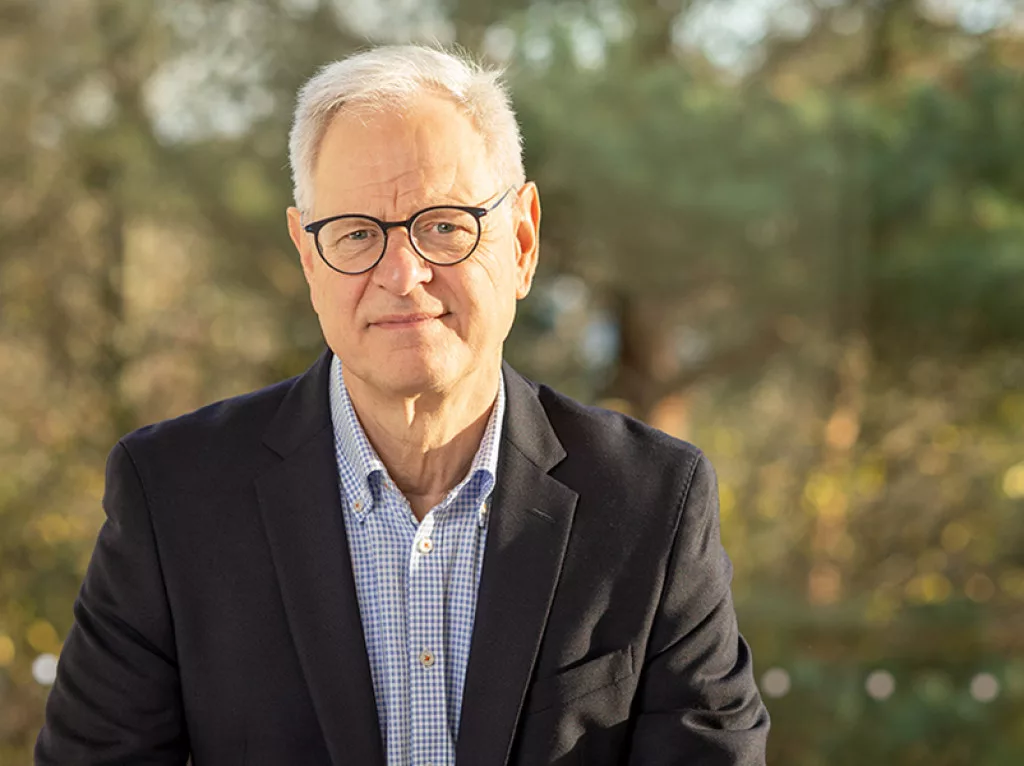
What are the key challenges facing the industry?
PH: The biggest challenge is how you settle politically on a cost-effective regulatory system that serves the purpose of introducing safe products quickly, without being an administrative burden to companies. Administrative burdens are ever-growing due to the huge political attention on controlling inferior products on the market. This is understandable, but these systems must not be so ambitious that they shut down innovation.
The European ability to be innovative is diminishing compared to previously when we were superior to the US market for instance. It’s gradually changing so that introducing your product into the US and developing it there, might be slightly more efficient than doing the same thing through the European system. That’s a major downside for the European industry.
What Are there any major trends transforming the development of medical devices?
PH: There are two major trends that we must adapt to. First is the increased focus on sustainability and the other is the increasing belief that digitalisation and digitised solutions can take us further with less effort. These two agendas are incredibly important for us to address and to see how we can comply to those demands.
Does Medicoindustrien have any projects in the pipeline?
PH: We are currently working on how we can deal with the scarcity of labour. That’s a major problem and it’s relevant for most European countries at the moment, but it is an issue in Denmark in particular – how do we recruit enough technical staff to support an ever-growing industry. That is a major constraint on the growth that we are experiencing at the moment.
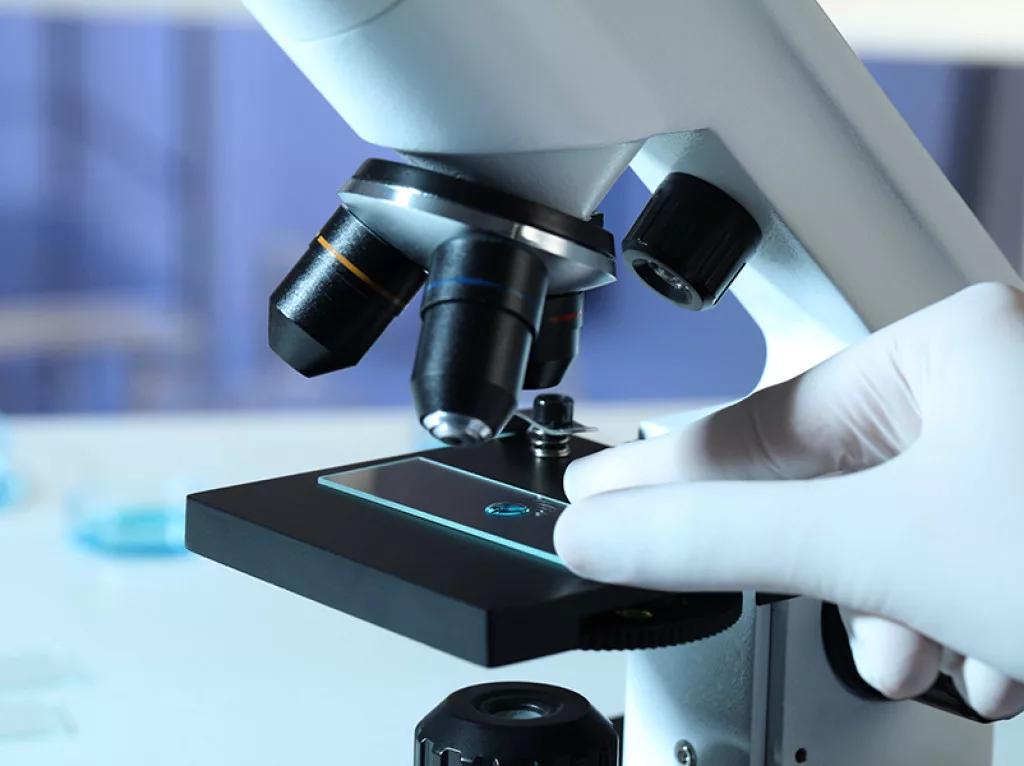
How do you see the association developing over the next five years?
PH: I think that we will grow modestly over the next five years, and we need to take up all the new resources to be able to deal with the upcoming political issues.
We must realise that the EU Commission and the European common market are really increasing the number of initiatives to strengthen the industry and put more control over it, which requires our attention.
Finally, are you optimistic about the future of the health care sector in Denmark?
PH: I’m definitely very optimistic. The reason is that we have a basic competitive edge in this country, in our ability to work across sectors – public, private, society and the political sector. We have always had a very informal and effective, efficient way of collaborating. That is the largest strength that I could point to for Denmark – we have this extreme trust and belief that we can work together, and we don’t have to operate in a political context all the time. We can confront each other; address how we can collaborate and move on. For that reason, I can only be optimistic. If you look at the growth of our sector here in Denmark compared to other European countries, we are at the top end.
This ability to collaborate is a key prerequisite for success. We have a major collaboration with MedTech Europe, and we also collaborate with the other major Nordic Associations. Domestically, we work closely with the Pharma and Biotech industries and that is very important so that you don’t sub-optimise your approach. We are always in contact with each other with a good labour division. I am very grateful that others want to work with us in the way they do.
